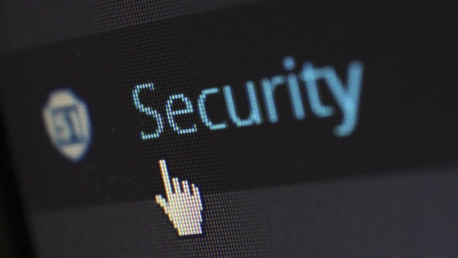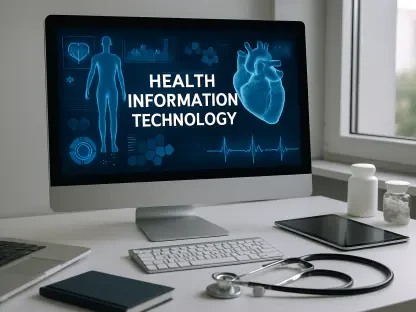Today, many businesses use a large number of connected devices, ranging from desktop computers to barcode scanners. As IT and security leaders work around the clock to secure and maintain servers, computers, smartphones, tablets, iPads, IoT devices, virtual machines, and more, choosing the right Unified Endpoint Management Solution (UEM) can help enterprises control all of their endpoints.
Why Unified Endpoint Management Can Make a Difference?
The rising trend of Bring Your Own Device (BYOD) in workplaces has prompted organizations to manage and safeguard crucial data accessed by employees through all kinds of endpoints. In 2019, more than 60% of the enterprise workforce used a minimum of two connected devices, such as smartphones, tablets, and laptops.
Unified Endpoint Management is a process of managing and securing all servers and devices from a unified console. A combination of enterprise mobility management (EMM), mobile device management (MDM), and client management, UEM considers different devices and platforms to bring cross-platform security and management to IT departments, thus enhancing device administration and data security.
Main UEM Features and Capabilities
In the process of selecting the right Unified Endpoint Management Solution, business managers should analyze their specific requirements based on the types of endpoints they have. For example, certain companies will own mostly IoT devices and a few desktop PCs. By understanding the demand created by their unique set of network requirements, organizations can look for vendors offering specific features.
Most of the top Unified Endpoint Management software vendors include the following features: management of all devices from a single platform, threat detection and mitigation, remote wiping of stolen or lost devices, configurable per-app VPN, configuration and updates for on-device security policies, manual or automatic pushing of updates and applications to multiple devices, tracking device usage, onboarding of employee-owned devices.
The Best Solutions Out There
Citrix Endpoint Management
This is a unified endpoint management tool that acts as a consolidated console to manage diverse end user deployment options, including BYOD, Office 365, and Windows 10. IT managers can deliver operating systems, roll out updates, and secure the full array of endpoints—smartphones, tablets, laptops, desktops, thin-clients, and IoT devices—without having to see or touch a single screen.
IBM MaaS360
This solution provides artificial intelligence and a cloud-based approach to mobility management. By taking advantage of IBM’s Watson technology, this Unified Endpoint Management Solution delivers AI-driven analytics and security insights on all devices and endpoints managed within the software. MaaS360 co-exists with client management tools (CMTs) that help consolidate tools, reduce total cost of ownership (TCO), and provide a seamless transition to unified endpoint management (UEM).
Ivanti Unified Endpoint Manager
This software is designed to increase user and IT productivity by establishing integrated control over your users’ multi-platform desktops and mobile devices. It is a great tool for wide-scale delivery of software, security patches, and inventory information in the organization’s IT environment. Being one of the best-integrated endpoint management solutions, Ivanti UEM offers underlying management integration for Windows, macOS, Linux, Unix, iOS, Android, and IoT.
Workspace ONE
This solution integrates access control, application management, and multi-platform endpoint management into a single platform and is available as a cloud service or on-premises deployment. Workspace ONE Intelligence aggregates and correlates devices, apps, and user data to identify opportunities to reduce IT cost, improve security, and optimize employee and consumer experience. The solution comes in several editions to make it simple for organizations to license the right amount of technology based on user and endpoint requirements: Standard, Advanced, Enterprise, Enterprise for VDI.
MobileIron UEM
This is the first mobile-centric, zero trust security platform that provides secure access and data protection across your digital workplace. MobileIron’s zero trust approach validates devices to ensure that only authorized users, devices, apps, and services can access business resources. This solution is suited for a mixed device environment with iPhones, Android-based devices, iPads, Macs, PCs, Zebra, Oculus, HoloLens, etc.
Conclusion
A Unified Endpoint Management (UEM) ecosystem is crucial for any modern organization. Today’s modern digital workplace has increased the need to separate and protect corporate apps from the personal apps of their users’ endpoint devices. Now more than ever, IT needs a way to manage and monitor PC, mobile devices, and IoT endpoints without having to analyze dozens of different dashboards and reports. Choosing the right Unified Endpoint Management Solution might be the next best thing for your organization.









